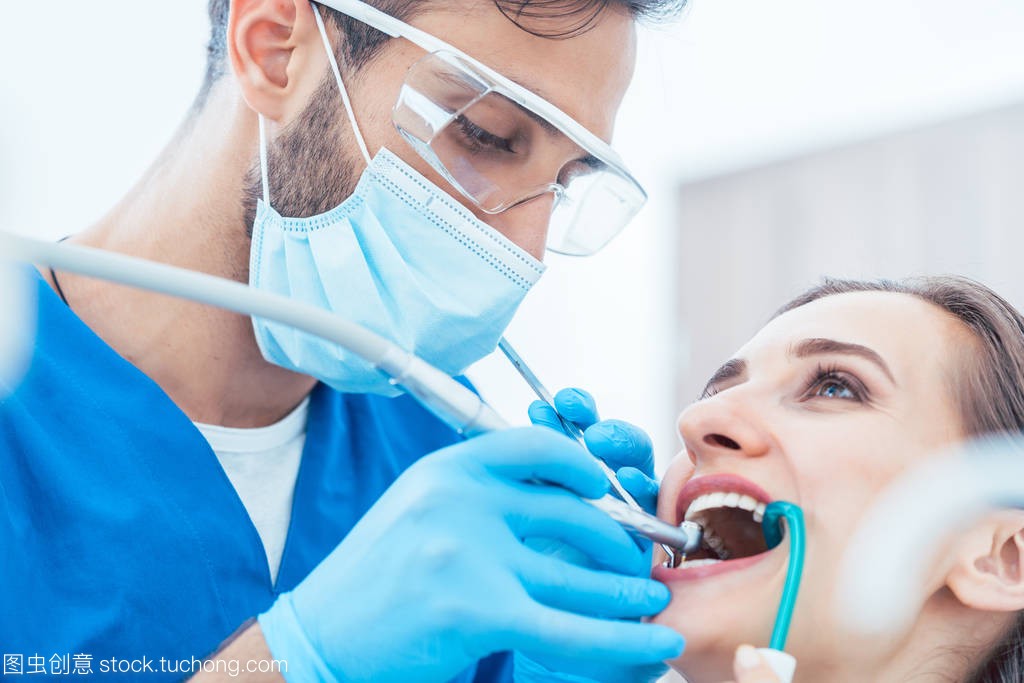污水处理中有污泥的5种原因及对策
1、冲击负荷的存在
-
SV:沉降缓慢 上清液弥漫性浑浊。 -
DO:同等曝气DO明显偏低 大约低30% -
污泥增长:污泥增长迅速 每天约20%增长量。 -
F/M:F/M超过了0.5
-
SV30:沉降速度加快(3min内完成90%的过程);活性污泥压缩性增加(SV30低于8%);沉降颜色过深(呈深棕色)。 -
DO: 曝气减小 DO仍偏高 -
污泥增长:较之前减少
3、活性污泥中毒
-
SV:上清液浑浊, 污泥颜色暗淡 ,上清液始终处于浑浊状态与沉降时间没有关系。 -
DO:同等曝气力度DO比平时高。 -
污泥增长:新增的污泥不可见 ,MLSS呈下降趋势。活性污泥浓度下降期间正式活性污泥解体持续期 ,排水夹带颗粒最为明显, 消除有毒的或惰性物质后通常一周能恢复正常。但是恢复期间因污泥增长活性强排水仍夹带颗粒物质。
4、沉降过程中出现反硝化现象
-
SV:活性污泥先沉降后上浮上浮活性污泥经搅拌又会下沉。 -
DO: 缺氧状态
5、曝气过度
-
SV: 整个沉降过程中,上清液内的细小颗粒较多, 既有下沉的也有缓慢上浮的且颗粒间水体呈蒙胧的感觉。 -
DO:长期高曝气 (低负荷)
Recommended Posts
-
In recent years, the hygienic condition of dental unit waterline (DUWL) has gradually received attention in China. At the same time, many local standards have been introduced. For example, Beijing issued "DB11/T 1703- 2019 Technical Specifications for Waterway Disinfection of Oral Comprehensive Treatment Units" on December 25th, 2019, while Zhejiang Province issued "DB33/T 2307-2021 Technical Specifications for Cleaning and Disinfection of Dental Waterway Systems" on January 29, 2021. In fact, various countries in the world have begun to pay attention to issues related to waterway pollution in dental treatment units much earlier, and have made relevant specifications. This article summarizes the standards of various countries in this regard as follows: Foreign standards related to the waterway of dental treatment units In 1996, the American De...




comment